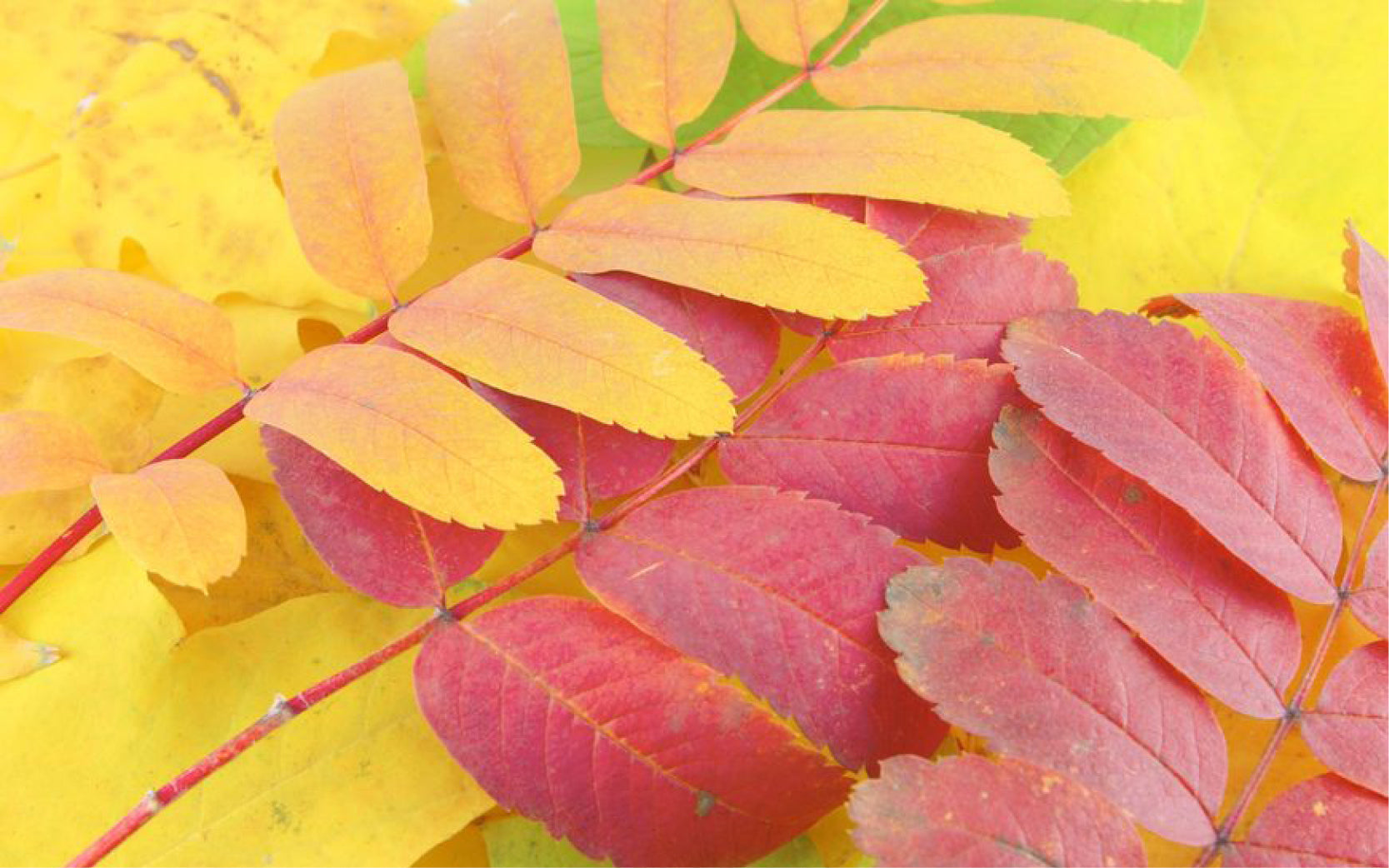
Using leaves in the garden correctly: Natural winter protection and valuable compost
Autumn leaves are more than just garden waste—when used correctly, they become a valuable resource in the garden. Whether as natural frost protection for sensitive plants or as nutrient-rich compost, using leaves cleverly not only benefits your plants but also the environment. In this article, y...
Continue reading
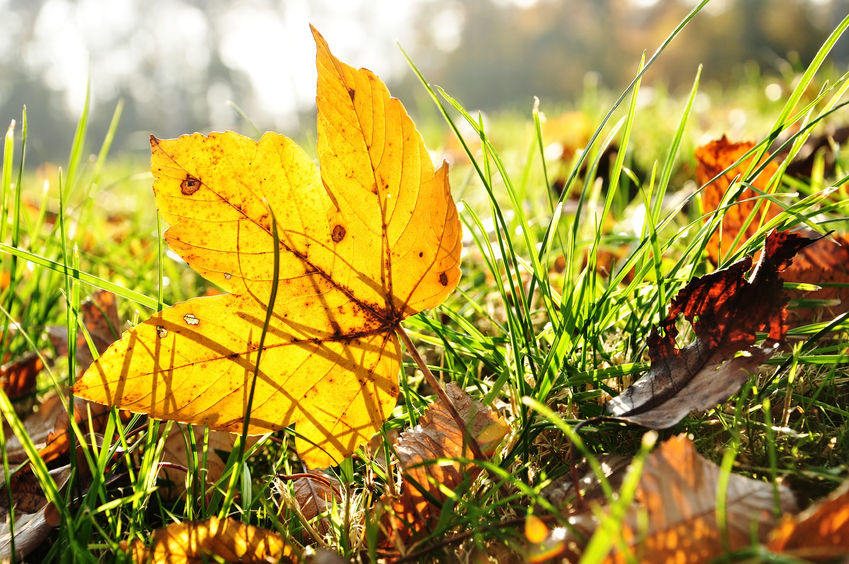
Removing leaves correctly: When and why it is important in the garden
In autumn, colorful leaves cover gardens and lawns – a beautiful sight, but not always harmless. In some cases, it's essential to remove fallen leaves to prevent disease and damage to plants. Leftover leaves can be particularly problematic when infected with fungal infections or on the lawn. In ...
Continue reading
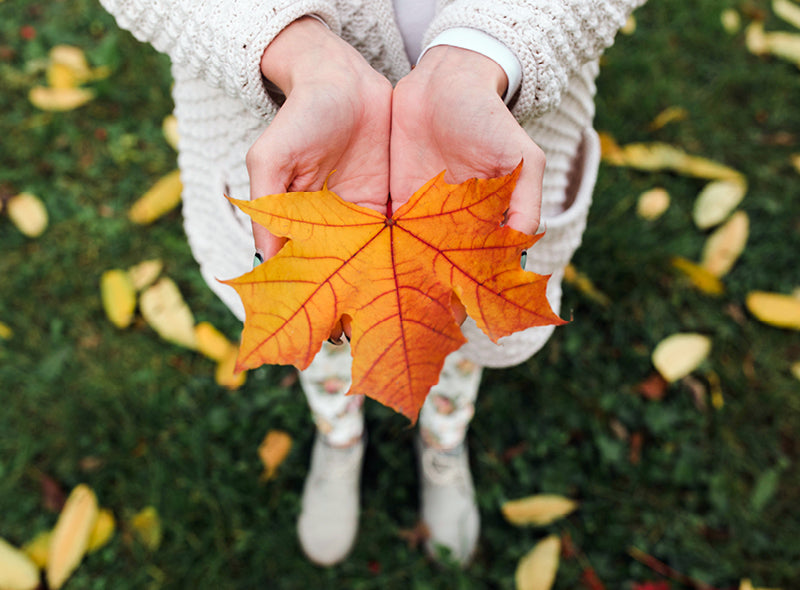
What to do with autumn leaves? Tips for sensible use in the garden
In autumn, trees and shrubs decorate the garden with a colorful carpet of leaves—a beautiful sight, but one that raises the question: What should we do with all those leaves? Instead of simply throwing them away, it's worth taking a second look. Autumn leaves are by no means just waste—used corr...
Continue reading
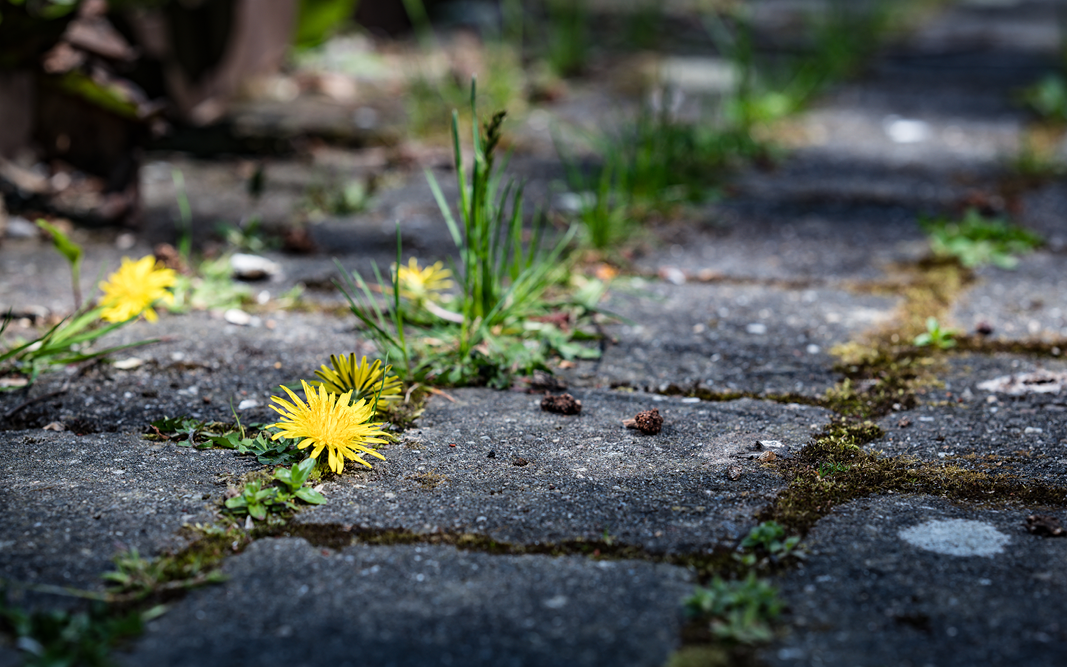
Weeds or wild herbs? Between nuisance and delicacy – what really grows in your garden
Anyone who owns a garden knows them: those unwelcome guests between flowerbeds and paving joints. But are they really just a nuisance – or perhaps an underappreciated treasure? Whether you call them weeds or wild herbs , many of these plants can be far more than just a nuisance.
Continue reading
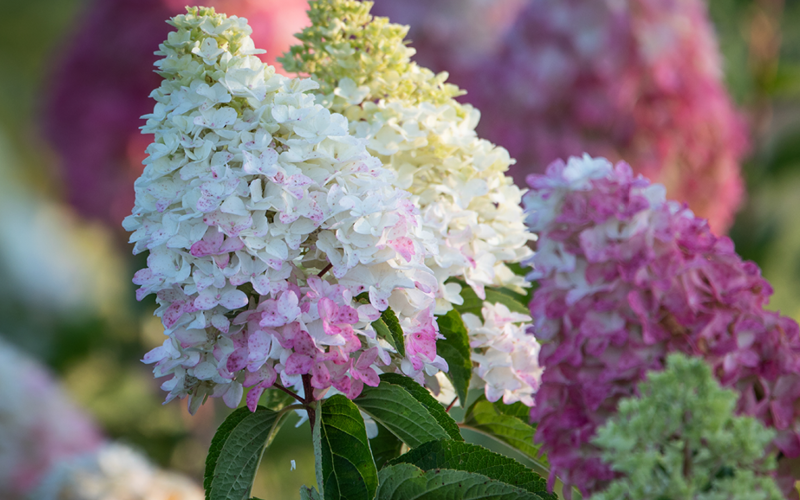
Gardening tips for the ornamental garden in April
Now things are really getting going in the garden! April is a month of dynamism: Everything is growing, sprouting, and beginning to bloom. At the same time, the garden is still sensitive to late frosts, so a little caution is also required. With the right care steps and planting activities, you ...
Continue reading
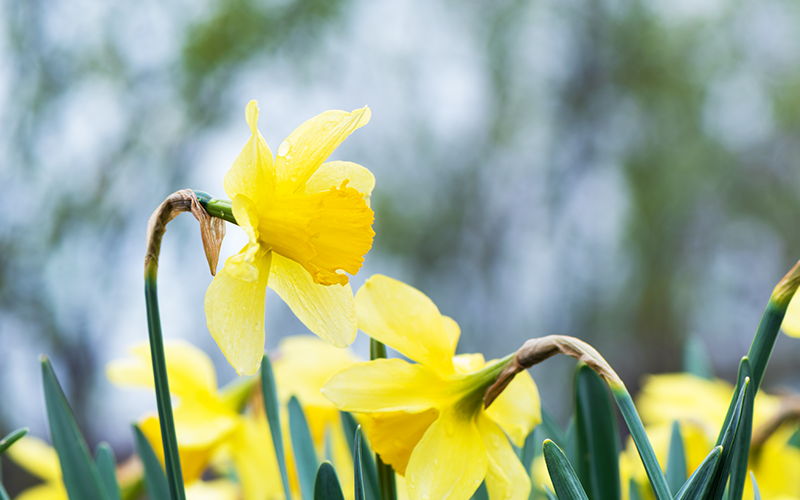
Gardening tips for the ornamental garden in March
In March, the gardening season finally begins again! The days are getting longer, the sun is gaining strength—and there's a lot going on in the ornamental garden. Now is the time for pruning, planting, sowing, and initial protective measures. Those who get active in March will lay the foundation...
Continue reading
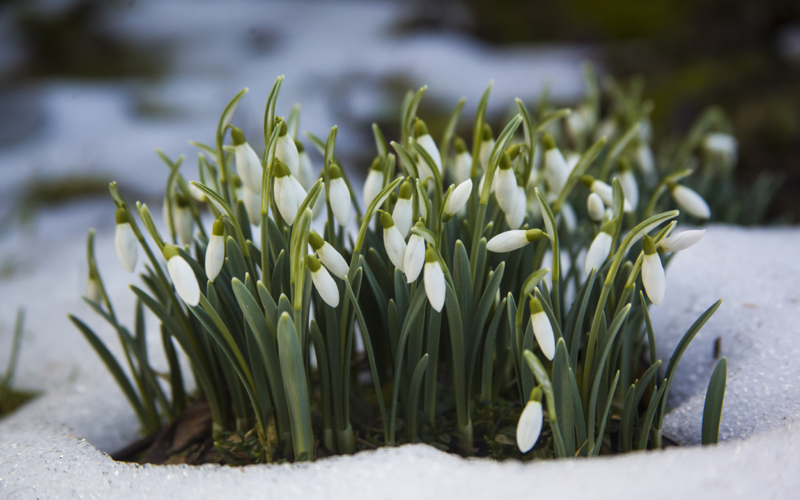
Gardening tips for the ornamental garden in February
February slowly marks the end of the deep gardening winter. Now is the perfect time to make the first preparations for the new gardening season. With targeted care, early planning, and a little anticipation, you can lay the foundation for a flourishing ornamental garden in spring and summer.
Continue reading

Vegetable garden in March: These tasks are worthwhile now – sowing, planting & raising
March marks the transition from winter to spring and is the ideal time to prepare your vegetable garden for the coming season. From tilling the soil to sowing and caring for existing plants, there's plenty to do now.
Continue reading
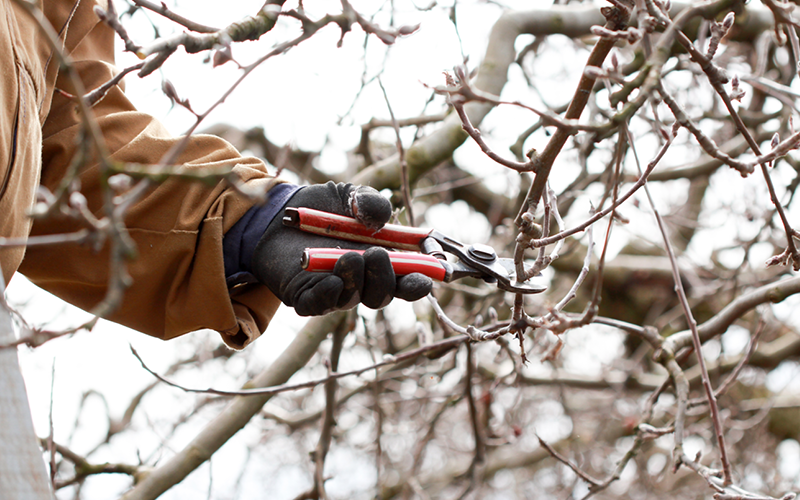
Gardening tips in February: How to get started in the vegetable garden
February marks the transition from winter to spring and offers numerous opportunities to prepare your vegetable garden for the upcoming season. Use this month to complete important tasks and lay the foundation for a successful harvest.
Continue reading
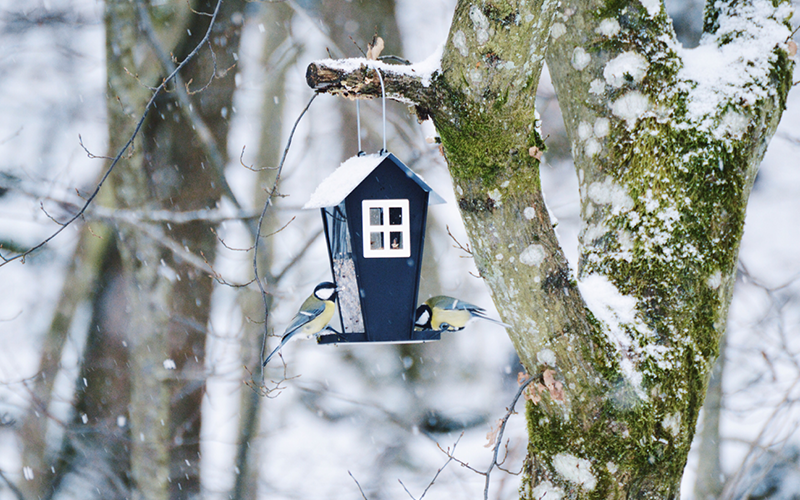
Gardening tips for the ornamental garden in January
The garden is at rest—but not completely. In January, many things happen in secret: Plants prepare for budding, birds search for food, and we gardeners use the time for tending, planning, and a little kick-start to the coming season. If you'd like, you can even start sowing summer flowers.
Continue reading
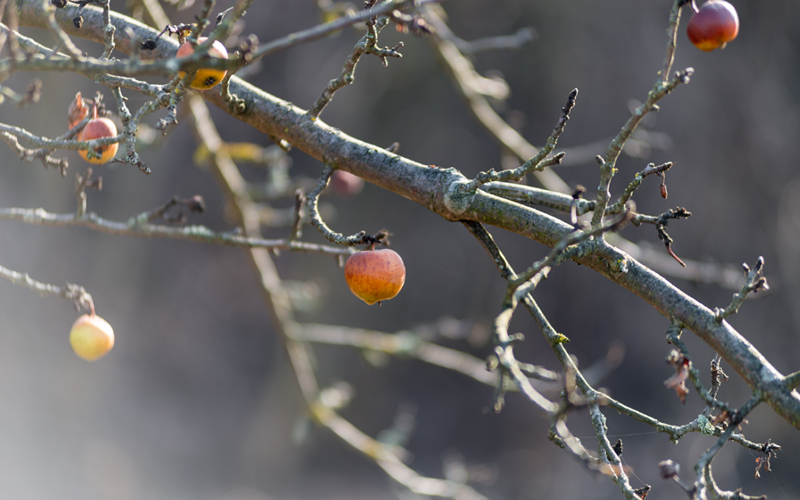
Kitchen garden in January: These jobs are worthwhile now
January is a quiet but important month in the gardening year. Even if winter is still dormant outside, you can already make valuable preparations to optimally prepare your vegetable garden for the coming season. From fruit tree care to seed planning to harvesting frost-resistant vegetables – the...
Continue reading
